رد: متابعة وتغطية معرض فانبرا الجوي 2014
تحديث لمعدات تشويش التورنيدو من سيلكسك Selex Provides Jamming Pod for RAF Tornado AircraftJul. 16, 2014 - 03:45AM | By TOM KINGTON | Comments AA A British RAF Tornado GR4 ground attack aircraft leaves RAF Marham in Norfolk, England. (Gavin Fogg / AFP)Filed UnderShowScoutShow Scout Farnborough CoverageFARNBOROUGH, ENGLAND — Selex ES has been contracted to design and develop a common jamming pod for RAF Tornado aircraft, the firm said Wednesday at the Farnborough International Airshow.The pod is designed to give the Tornado GR Mk4 a radio frequency (RF) self-protection capability and is an update of existing Skyshadow-2 pods, the firm said in a statement.Apart from performance upgrades, two towed radar decoys, as used on the Eurofighter, will be incorporated into the pod.See full Defense News coverage of the Farnborough Airshow Flight trials are due in late 2014, with delivery and initial operating capability expected in late 2015.At Farnborough, Selex ES also announced it was awarded a long-term support contract by BAE Systems to maintain, repair and upgrade RAF Tornado GR4 aircraft.The firm also said that Gripen will start flight trials in September 2014 of Selex ES’s new BriteCloud decoy, which was launched last year and will be offered by Gripen to the aircraft’s customers.The BriteCloud is an RF jammer decoy designed for fast jets to fool RF-guided missiles and radars. The product, which can be released from standard chaff and flare dispensers, is an alternative to fiber optic towed radar decoys and aims to draw an incoming missile further away from the aircraft.Selex is also working on a ‘218’ format Britecloud suitable for use with F-16s.Speaking at the show, a Selex ES official said the Britecloud was developed in about 18 months.“We are very conscious that others are following in our footsteps, while there is enormous interest from MoD’s that recognize we are doing something that has not been done before,” said Chris Bushell, senior vice president of electronic warfare systems at Selex.Bushell said that a focus on IR-based threats — pushed by experience in Afghanistan — was giving way to a focus on RF-based threats.“In the light of Libya, there has been a recognition that the RF threat is more dominant,” he said
تحديث لمعدات تشويش التورنيدو من سيلكسك Selex Provides Jamming Pod for RAF Tornado AircraftJul. 16, 2014 - 03:45AM | By TOM KINGTON | Comments AA A British RAF Tornado GR4 ground attack aircraft leaves RAF Marham in Norfolk, England. (Gavin Fogg / AFP)Filed UnderShowScoutShow Scout Farnborough CoverageFARNBOROUGH, ENGLAND — Selex ES has been contracted to design and develop a common jamming pod for RAF Tornado aircraft, the firm said Wednesday at the Farnborough International Airshow.The pod is designed to give the Tornado GR Mk4 a radio frequency (RF) self-protection capability and is an update of existing Skyshadow-2 pods, the firm said in a statement.Apart from performance upgrades, two towed radar decoys, as used on the Eurofighter, will be incorporated into the pod.See full Defense News coverage of the Farnborough Airshow Flight trials are due in late 2014, with delivery and initial operating capability expected in late 2015.At Farnborough, Selex ES also announced it was awarded a long-term support contract by BAE Systems to maintain, repair and upgrade RAF Tornado GR4 aircraft.The firm also said that Gripen will start flight trials in September 2014 of Selex ES’s new BriteCloud decoy, which was launched last year and will be offered by Gripen to the aircraft’s customers.The BriteCloud is an RF jammer decoy designed for fast jets to fool RF-guided missiles and radars. The product, which can be released from standard chaff and flare dispensers, is an alternative to fiber optic towed radar decoys and aims to draw an incoming missile further away from the aircraft.Selex is also working on a ‘218’ format Britecloud suitable for use with F-16s.Speaking at the show, a Selex ES official said the Britecloud was developed in about 18 months.“We are very conscious that others are following in our footsteps, while there is enormous interest from MoD’s that recognize we are doing something that has not been done before,” said Chris Bushell, senior vice president of electronic warfare systems at Selex.Bushell said that a focus on IR-based threats — pushed by experience in Afghanistan — was giving way to a focus on RF-based threats.“In the light of Libya, there has been a recognition that the RF threat is more dominant,” he said






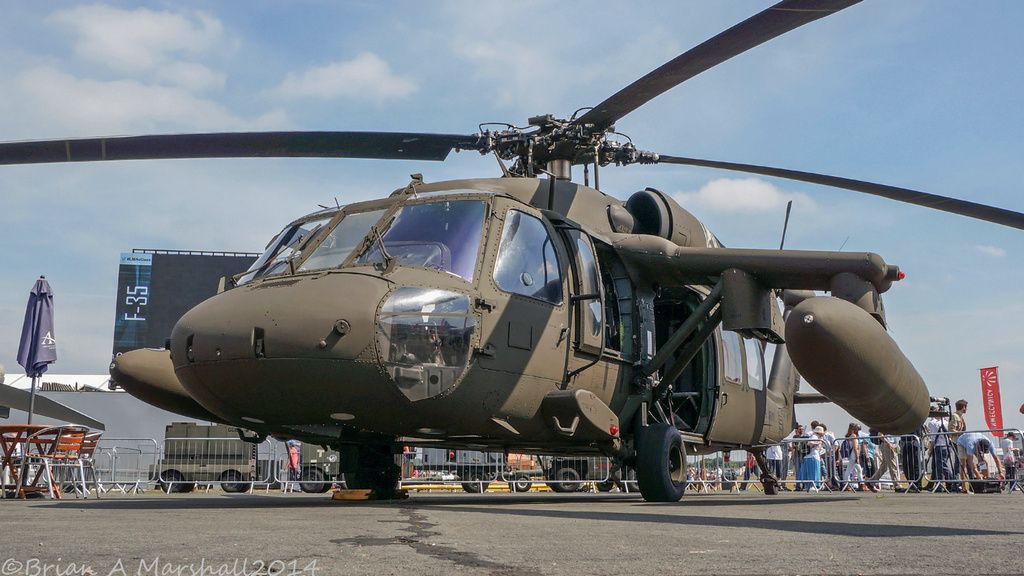
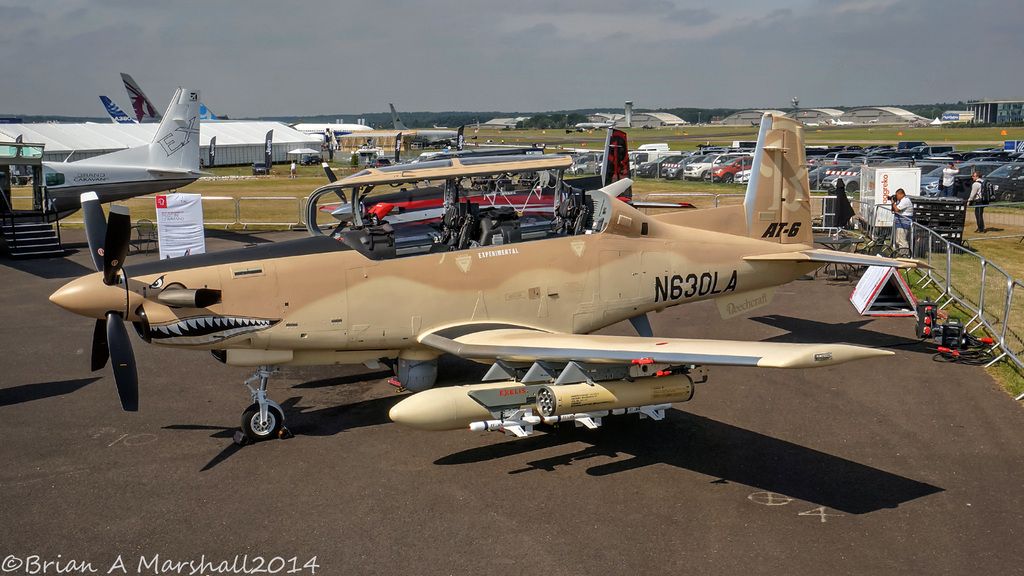

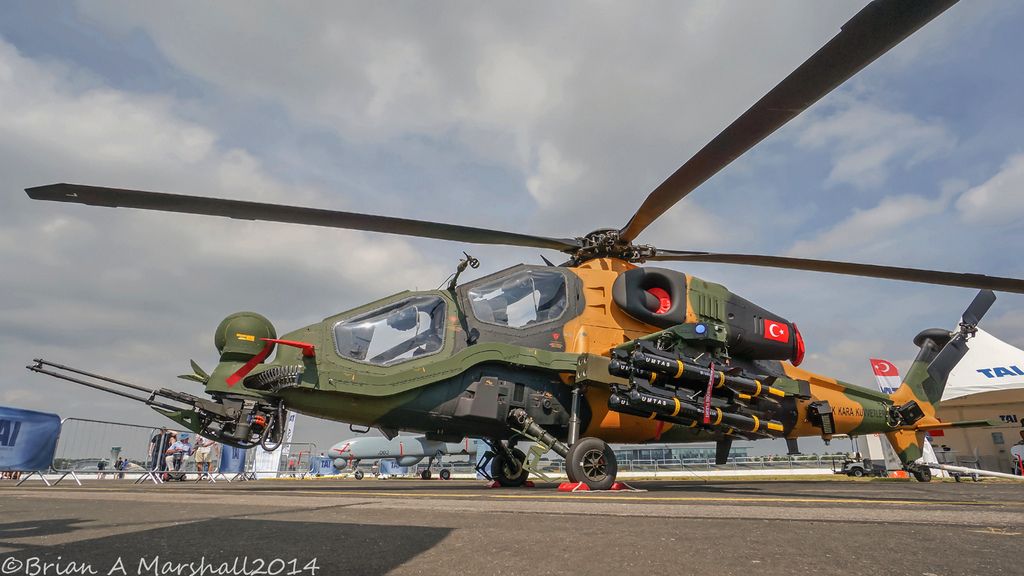
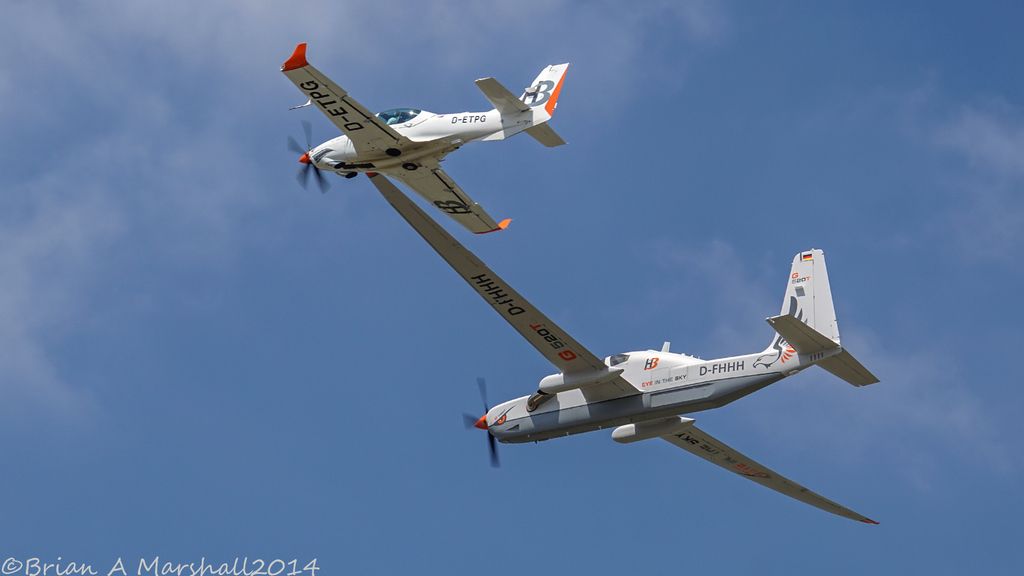



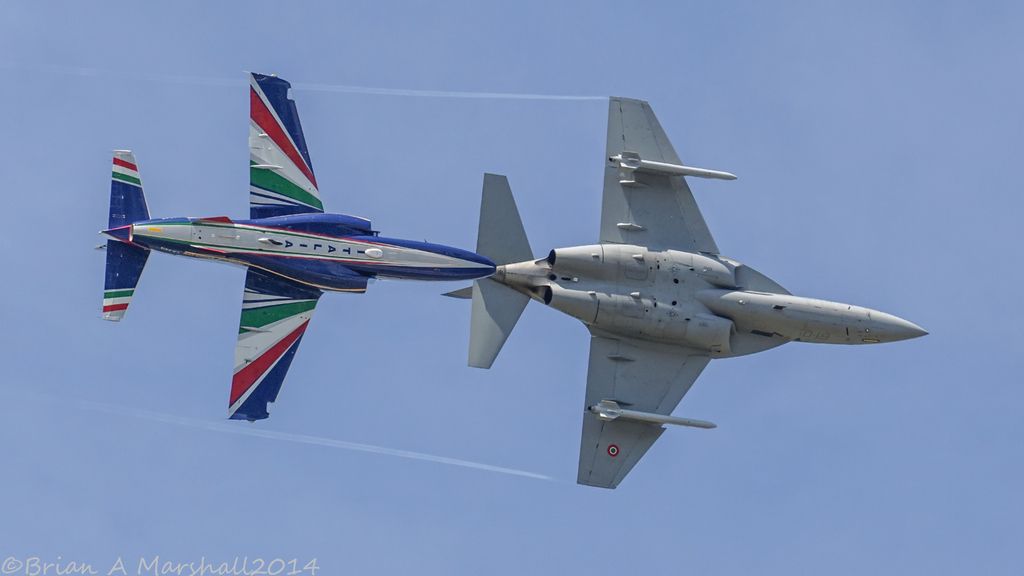
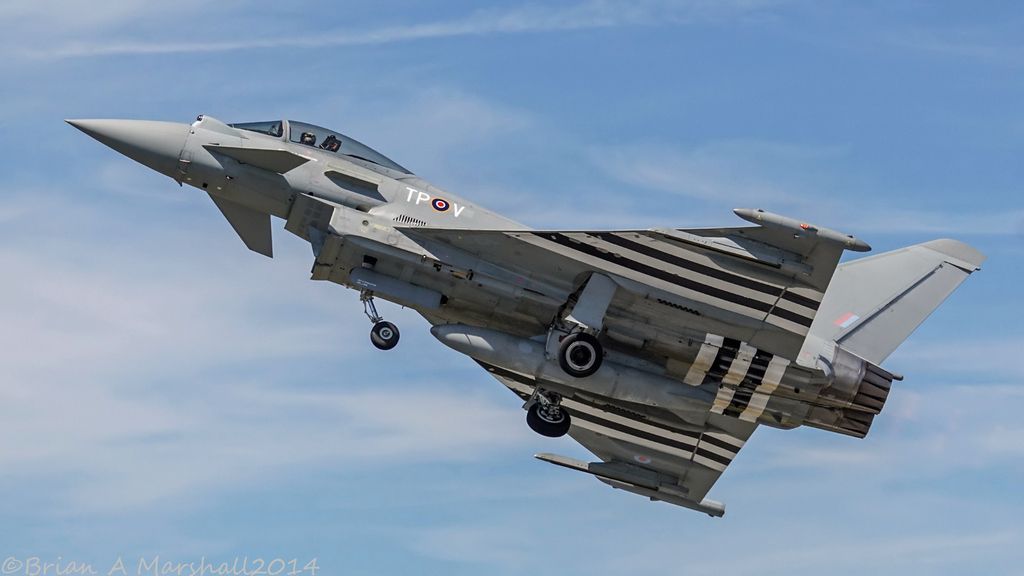
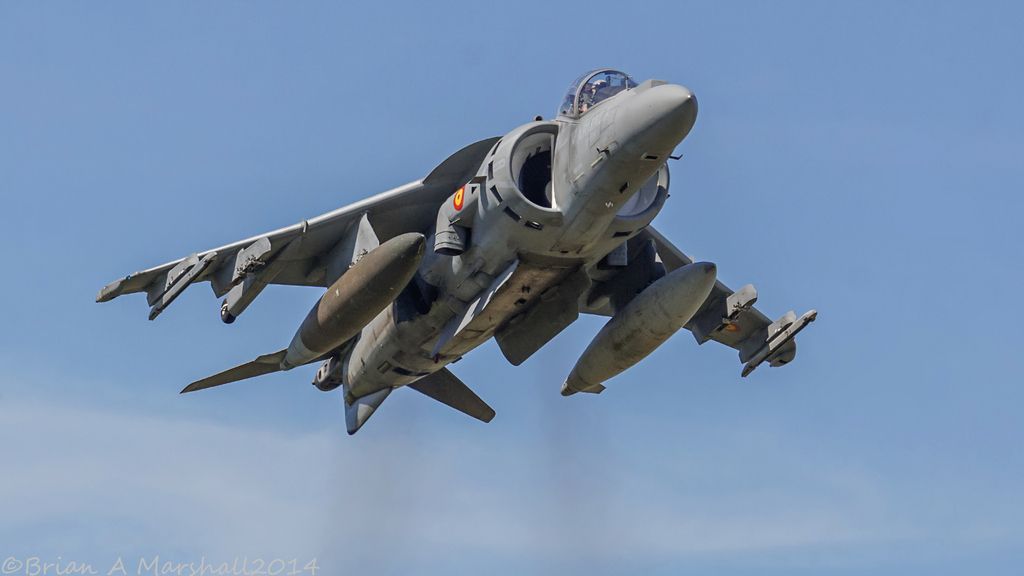
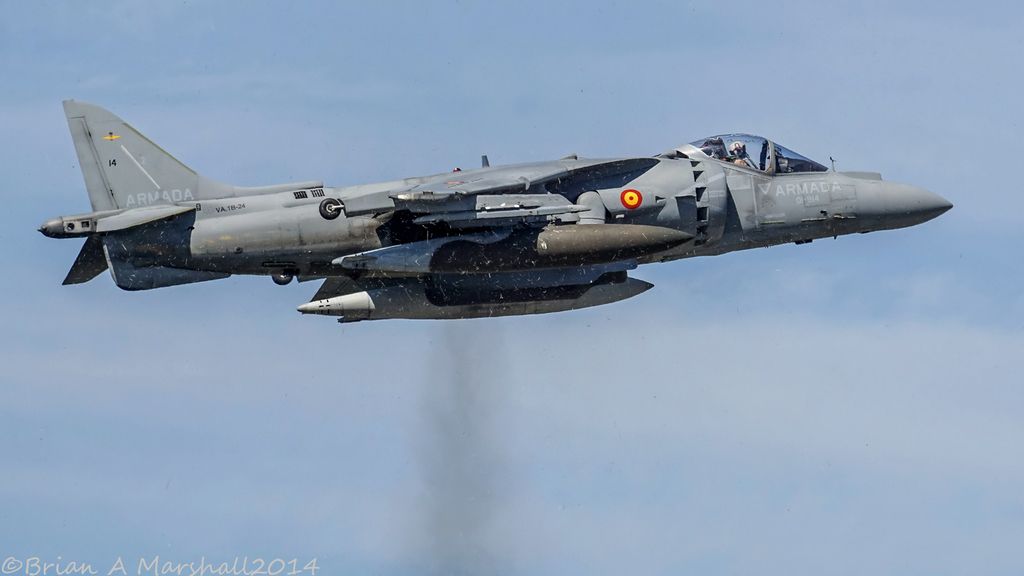
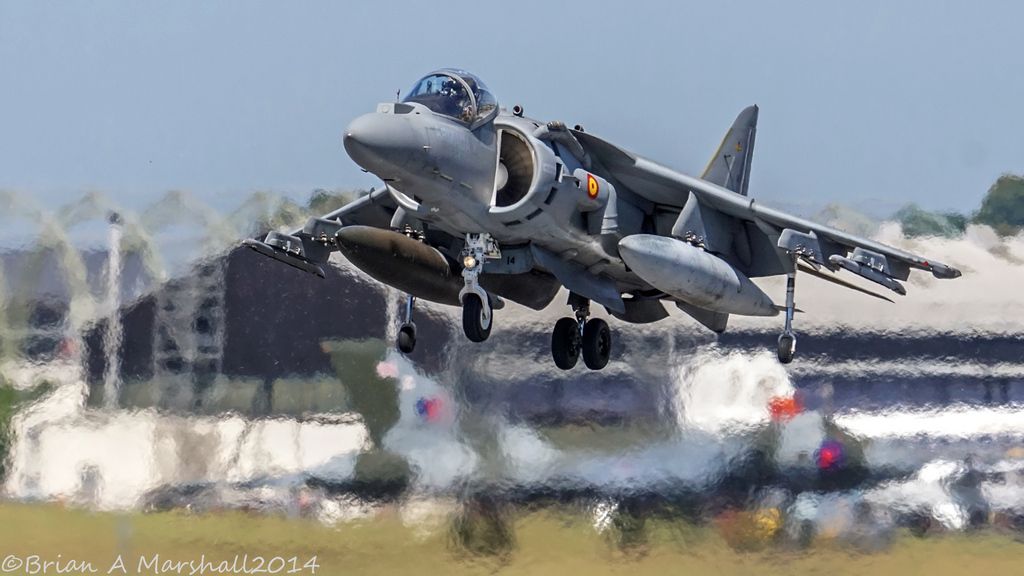

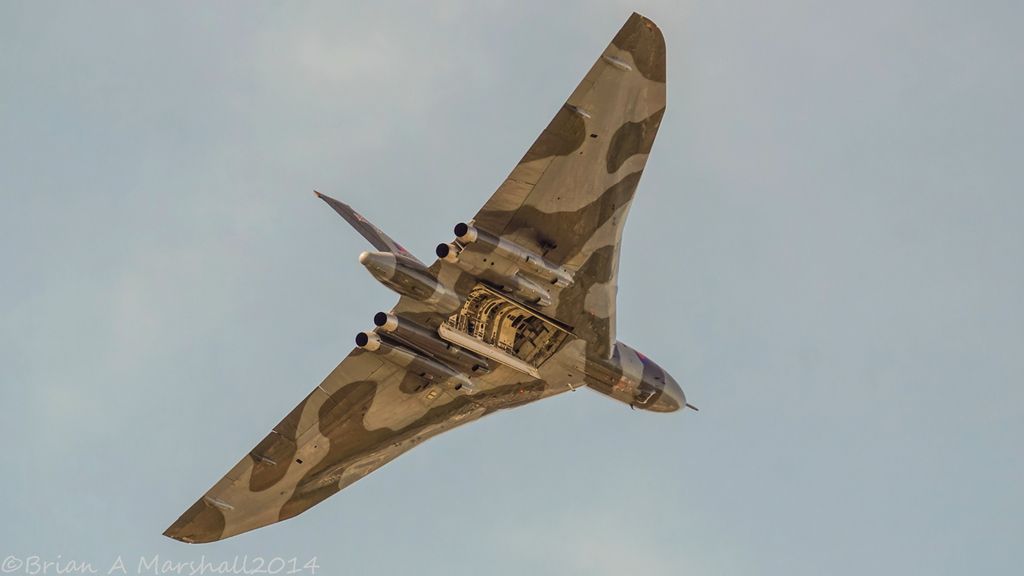












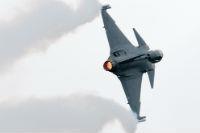
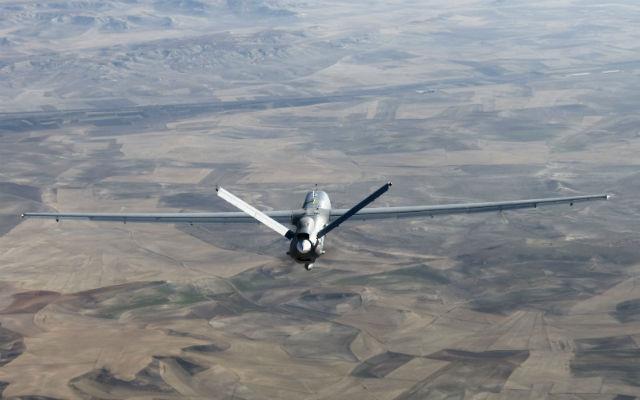
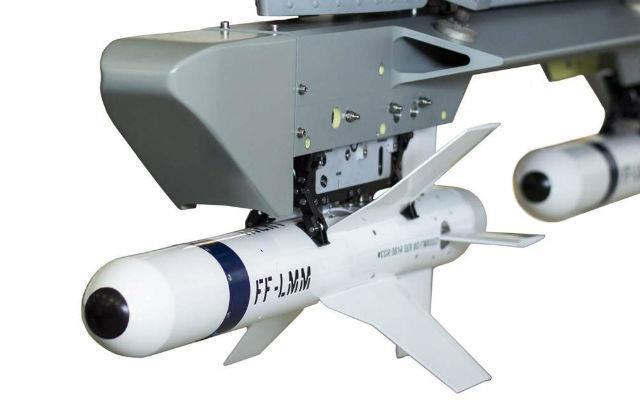

 Alberto Gutierrez (left) and Graham Farnell (right).jpg)
 and Graham Farnell (right).jpg)

 FARNBOROUGH: RAF Typhoons to get Storm Shadow
FARNBOROUGH: RAF Typhoons to get Storm Shadow


تعليق